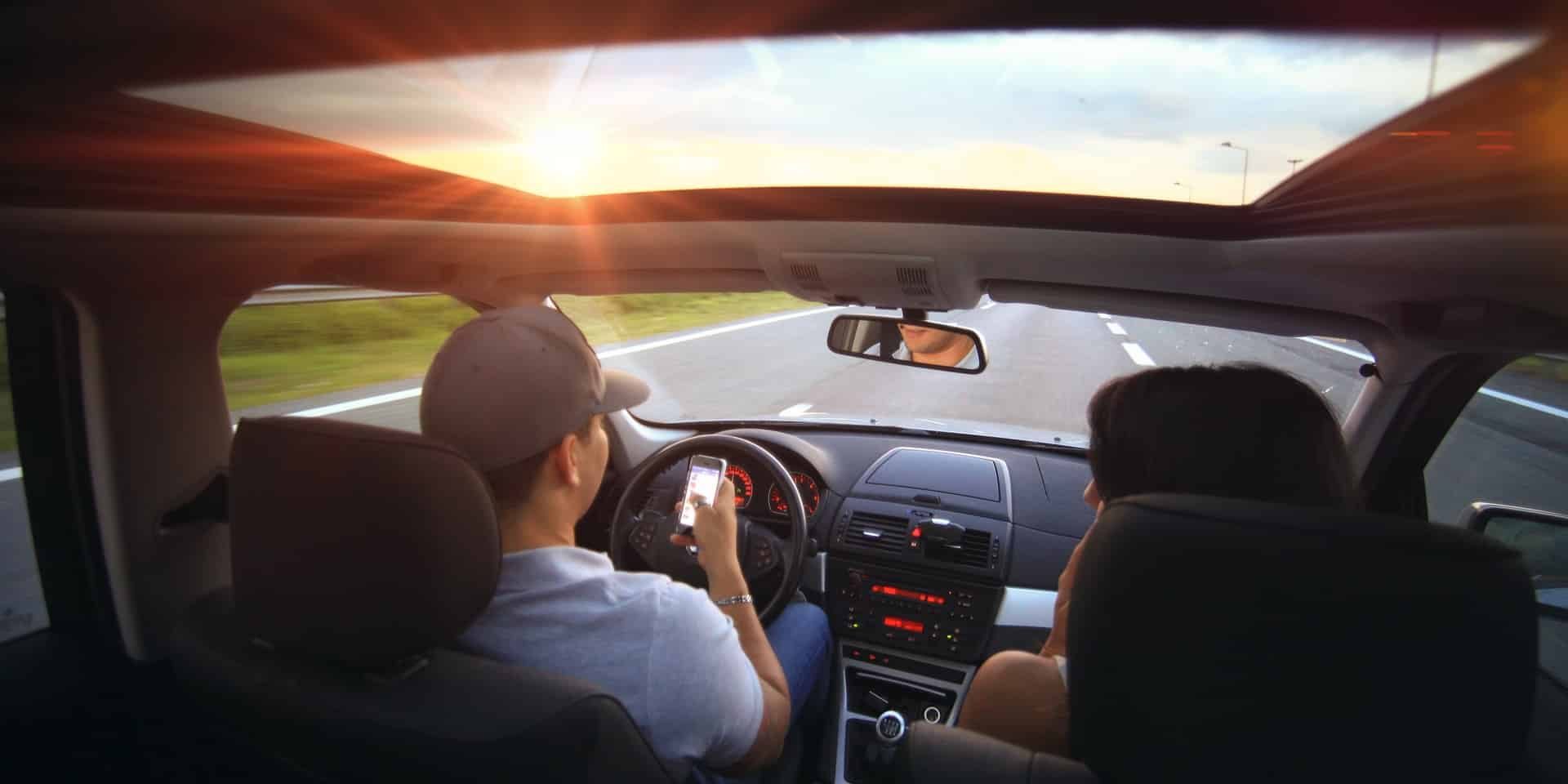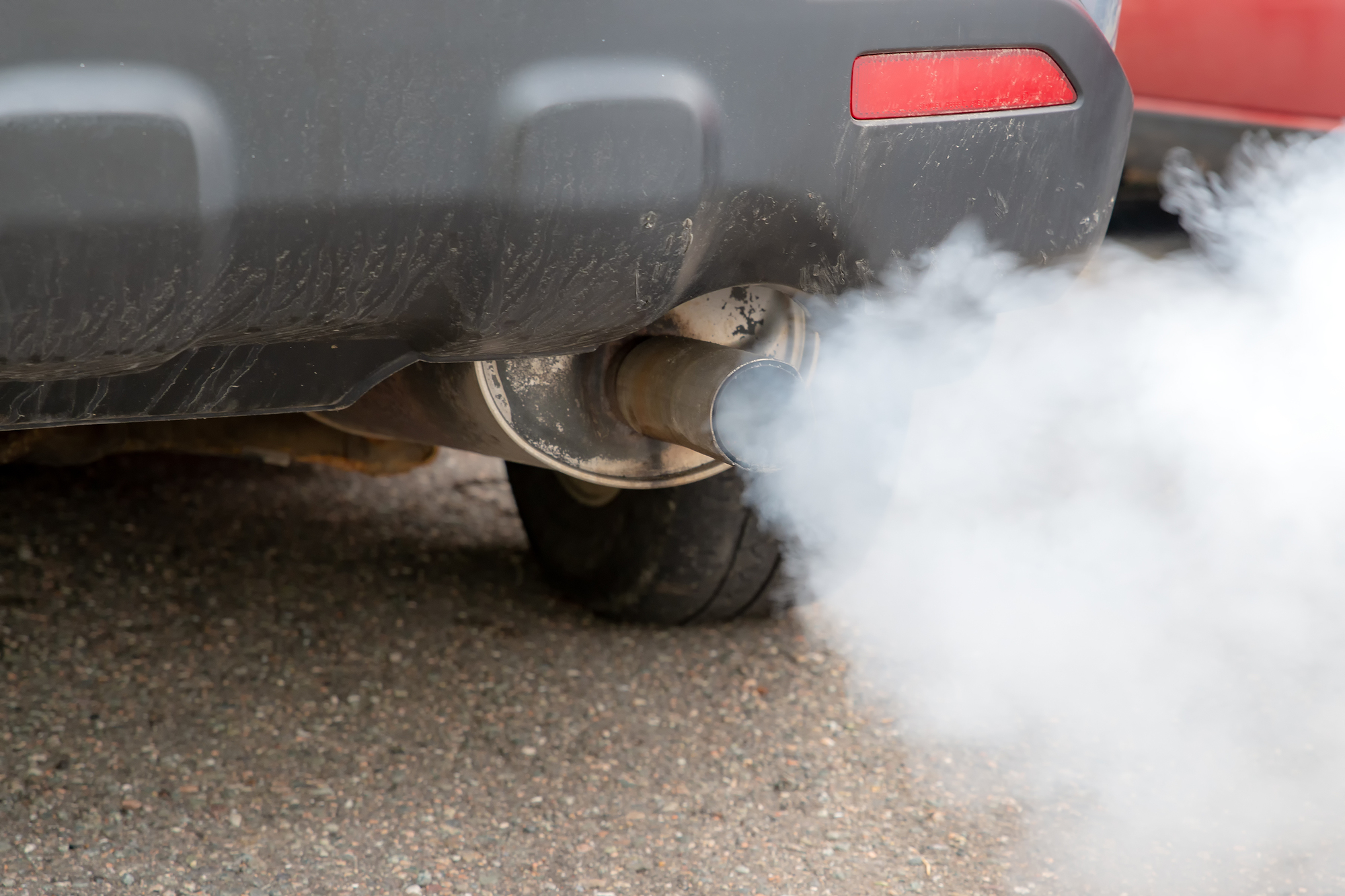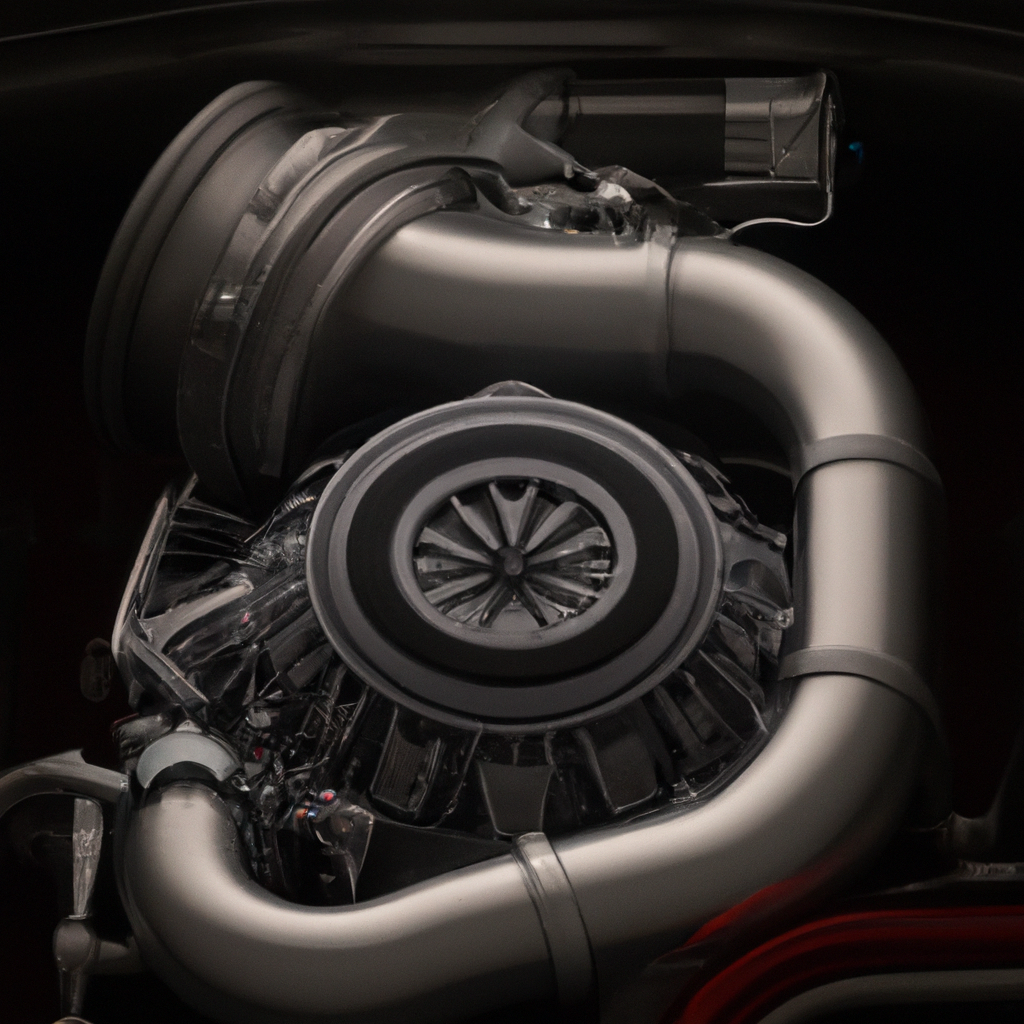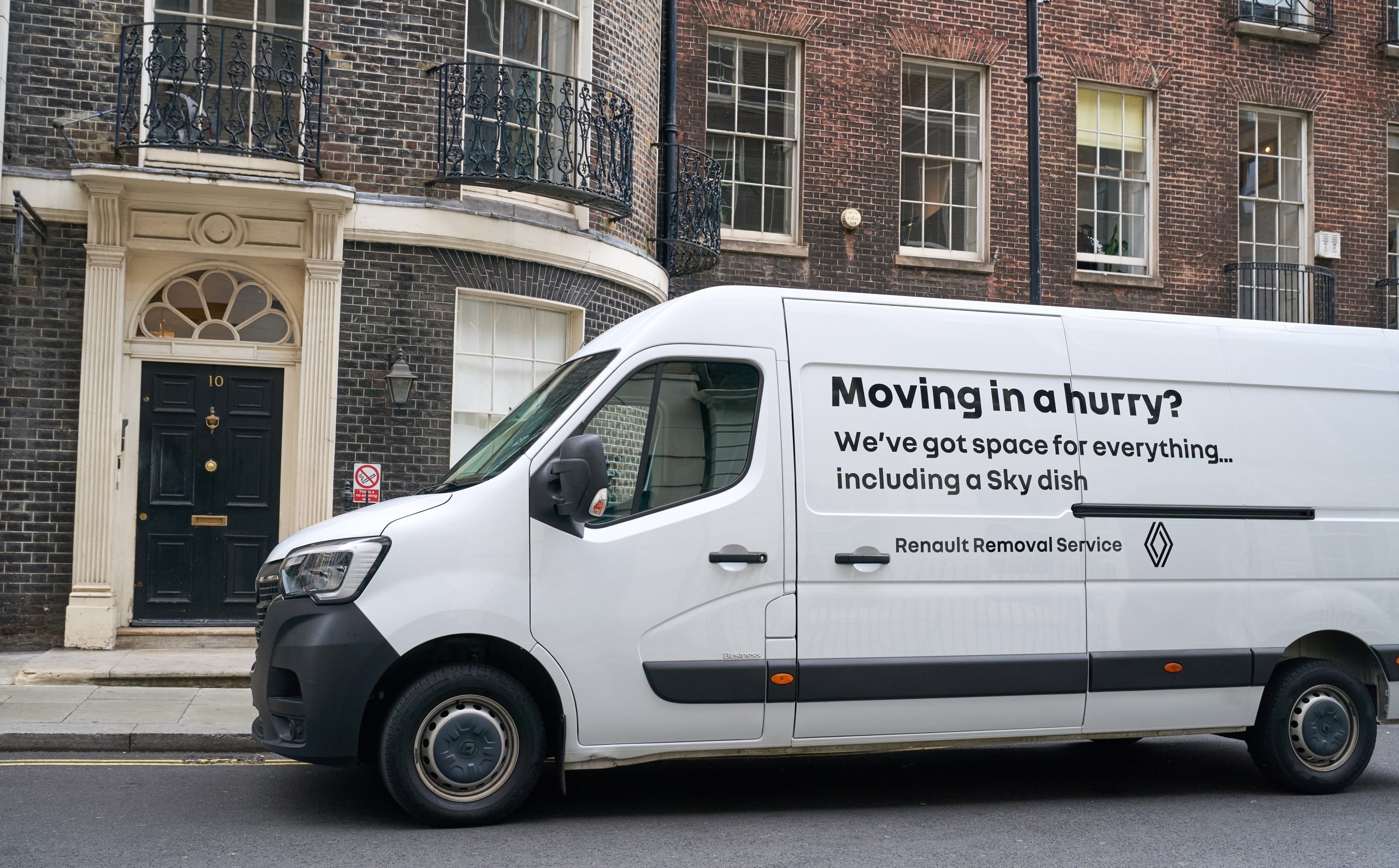What is reckless driving?


What is reckless driving? Reckless driving is a type of dangerous or negligent driving that puts others at risk of injury. It is generally defined as driving in a way that shows a disregard for the safety of other people or property.
What is reckless driving? – Behaviors Include…
Some examples of reckless driving behaviors include:
- Excessive speeding: Driving at a speed that is much faster than the posted speed limit or that is unsafe given the conditions of the road.
- Racing: Participating in a street race or engaging in other types of speed contests on public roads.
- Tailgating: Following another vehicle too closely, increasing the risk of a rear-end collision.
- Unsafe lane changes: Changing lanes abruptly or without signaling, or cutting off other drivers.
- Disregarding traffic signals: Running red lights or stop signs, or failing to yield the right of way.
- Distracted driving: Engaging in activities that take your attention away from the road, such as texting or eating, while driving.
Reckless driving is generally considered to be a more serious offense than other types of traffic violations, and it can result in severe penalties, including fines, jail time, and the loss of a driver’s license. It is important for drivers to prioritize safety on the road and avoid engaging in reckless behaviors that could put themselves and others in danger.
What is the most common form of reckless driving?
some of the most common forms of reckless driving include:
- Excessive speeding: Driving at a speed that is much faster than the posted speed limit or that is unsafe given the conditions of the road is a common form of reckless driving.
- Distracted driving: Engaging in activities that take your attention away from the road, such as texting or eating, while driving is a common form of reckless driving.
- Disregarding traffic signals: Running red lights or stop signs, or failing to yield the right of way is a common form of reckless driving.
- Impaired driving: Driving under the influence of alcohol or drugs is a common form of reckless driving that can have serious consequences.
- Unsafe lane changes: Changing lanes abruptly or without signaling, or cutting off other drivers is a common form of reckless driving.
It’s important for drivers to prioritize safety on the road and avoid engaging in any behaviors that could put themselves or others at risk of injury. Reckless driving is generally considered to be a more serious offense than other types of traffic violations, and it can result in severe penalties, including fines, jail time, and the loss of a driver’s license.
What might cause a driver to become reckless?
There are many factors that can contribute to reckless driving. Some common causes of reckless driving include:
- Impaired driving: Driving under the influence of alcohol or drugs can impair a person’s judgment and coordination, leading to reckless behavior.
- Distractions: Engaging in activities that take a driver’s attention away from the road, such as texting or eating, can increase the risk of reckless driving.
- Stress: Being under a lot of stress or pressure can lead some people to engage in reckless behaviors, such as speeding or tailgating, as a way to release tension.
- Aggression: Some people may drive recklessly as a way to express anger or aggression, particularly if they feel frustrated or annoyed by other drivers or the conditions on the road.
- Lack of experience: Drivers who are inexperienced or who lack proper training may be more likely to engage in reckless behaviors, as they may not fully understand the risks involved or may not have developed good driving habits.
- Substance abuse: Drivers who abuse drugs or alcohol may be more likely to engage in reckless behaviors due to the impairing effects of these substances.
It’s important for drivers to be aware of the factors that can contribute to reckless driving and to take steps to avoid engaging in risky behaviors on the road.










